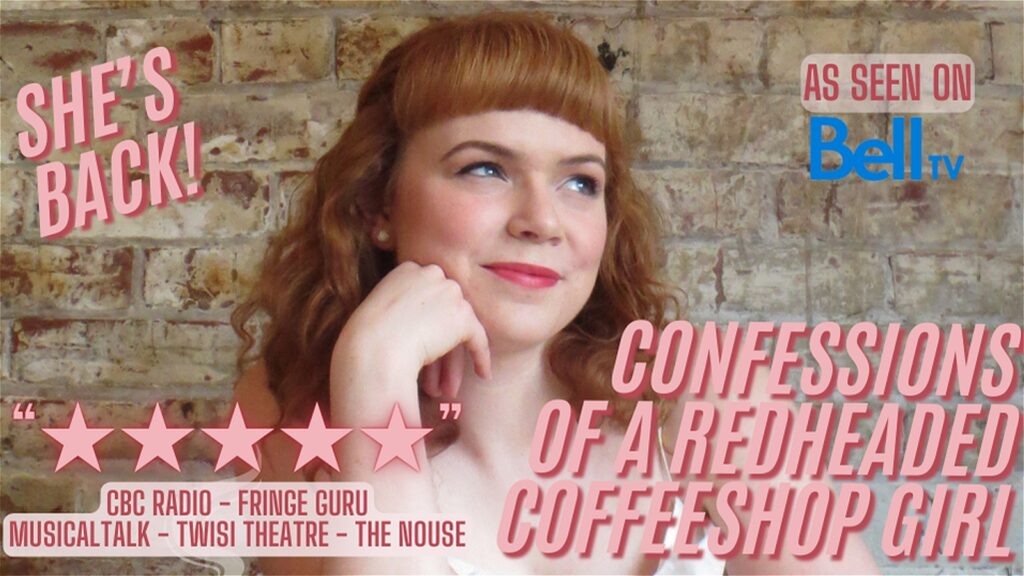
Written by Samuel Beckett. Co-Directed by Nick Schlieper and Pamela Rabe.
An unsettling and absurd exploration of the human experience progressing from six feet over, to six feet under.
Reviewed by Claira Prider
Wharf 1 Theatre
Until 15th June, 2025
Tickets: https://www.sydneytheatre.com.au/whats-on/productions/2025/happy-days
Type: Absurd, bleak, minimalist
If you liked: French avant-garde theatre, Harold Pinter, Edward Albee
Delivered as a monologue of her memories, Happy Days is an exploration of human existence, time and relationships, presented through the lens of protagonist Winnie. The works of Irish dramatist Samuel Beckett are known to feature bleak, tragicomic explorations of life, often portrayed in dislocated, nonsensical and repetitive ways. His writing is central to the genre of Absurdist Theatre, a theatrical movement which came about in the late 1940s, post WWII. “These wartime experiences are like ghosts haunting Beckett’s stage, paralleling the past that haunts Winnie. Beckett’s creative output reveals that history leaves marks, inflicts us in ways that change us”.
Reflecting on the many lenses through which they could have approached the text, Co-Director Nick Schlieper ultimately chooses a grey, nondescript, timeless world to shift the focus away from the specific and toward the universal.

Sitting in darkness, sounds of grumbling thunder and lashing winds roar and swell around us, it’s deafening and feels like being outside in the eye of a storm. As the curtain rises, we hear the ding of an alarm clock and we’re suddenly blinded by the brutally harsh white light that floods the stage. And so “another heavenly day” begins. The work is set in “an unspecific, timeless wasteland; a landscape stripped of all features, a landscape of the mind, rather than of any particular time or place.” The opening curtains expose a large, solid, grey mound, silhouetted against a white fabric backdrop. The textured, rocky mound consumes the width of the stage, and in the middle stands Winnie, a woman in her fifties, wearing a shiny, peachy-pink bodice, trapped up to her waist in the earth. Within her arm’s reach is a black lace parasol and large black Shangaan bag from which she pulls out various items throughout the monologue, including a toothbrush, lipstick, a handheld mirror and a gun. She’s being antagonised by the passing of time; confronted with the decay of her possessions, her body, her memories, her meaning, her life.
Rabe gives an achingly unsettling, virtuosic performance in this relentless, bittersweet, role
Vivacious and bubbly, Winnie’s stream of consciousness begins, and we see her daily routine unfold – from brushing her teeth, to putting on lippy and combing her hair, each mundane task is undertaken with extreme specificity. Through no fault of her own, these simple tasks are so much harder than they need to be – yet she’s still smiling and staying positive. Repetition ensues and now she’s doing it for a third time, but with each repetition comes a more magnified lens which she views the world through. She frequently calls out to her husband Willie, a character who’s often present but seldom seen or heard. After a brief blackout, we’re back for Act II and it looks more dire than ever. Now buried up to her neck, barely able to turn her head and see beyond her peripherals, Winnie is sinking and suffocating. She’s being scorched by the blazing, belting sun and still, she’s smiling and staying positive. Between the repetition, juxtaposition of the existentialist content delivered with smiling positivity, and how difficult I was finding the plot to follow – at this point I wasn’t sure if she was going mad or if it was in fact me.

The mammoth role is played by Pamela Rabe who also co-directs the work. With little room for much more than her voice and face, Rabe’s performance draws on every possible facial expression under the sun. Through intricate, textural understanding she connects fluid, musical lines, with repeated, abrupt and unexpected line deliveries. Her sharp tonal shifts are so precise and nuanced; she cleverly executes the heavily marked text where Beckett even notates when to breathe and smile. Rabe gives an achingly unsettling, virtuosic performance in this relentless, bittersweet, role – despite the absurd, dislocated and non-linear nature of the text, her sense of self is always strong, and we never lose sense of her humanity.
The sparse nature of Schlieper’s production is alienating – it gives the audience nowhere to escape to. There’s no soundtrack, the set and lighting is almost completely static, and against the drab, harsh setting, Winnie is the only source of colour we see. As the curtain closes, we’re not left with clear answers, there’s no closure at it’s completion; we’re just left there hanging, wondering if this is what the rest of her life will be like. Schlieper says “At its heart this work is about how human beings persevere and survive, even in the face of the most daunting conditions, whatever form those might take.” It’s bleak, confounding and uncomfortable, a tough watch at times about what it really means to be human.
Theatre Thought: Absurdist playwrights relied on a repetitive and un-naturalistic style of writing to explore the chaotic nature of humanity. What tools are current playwrights and creators using to challenge their audience about the experience of being human in todays world?

Directors Nick Schlieper & Pamela Rabe
Set & Lighting Designer Nick Schlieper
Costume Designer Mel Page
Sound Designer Stefan Gregory
Assistant Director Kenneth Moraleda
With
Markus Hamilton
Pamela Rabe







